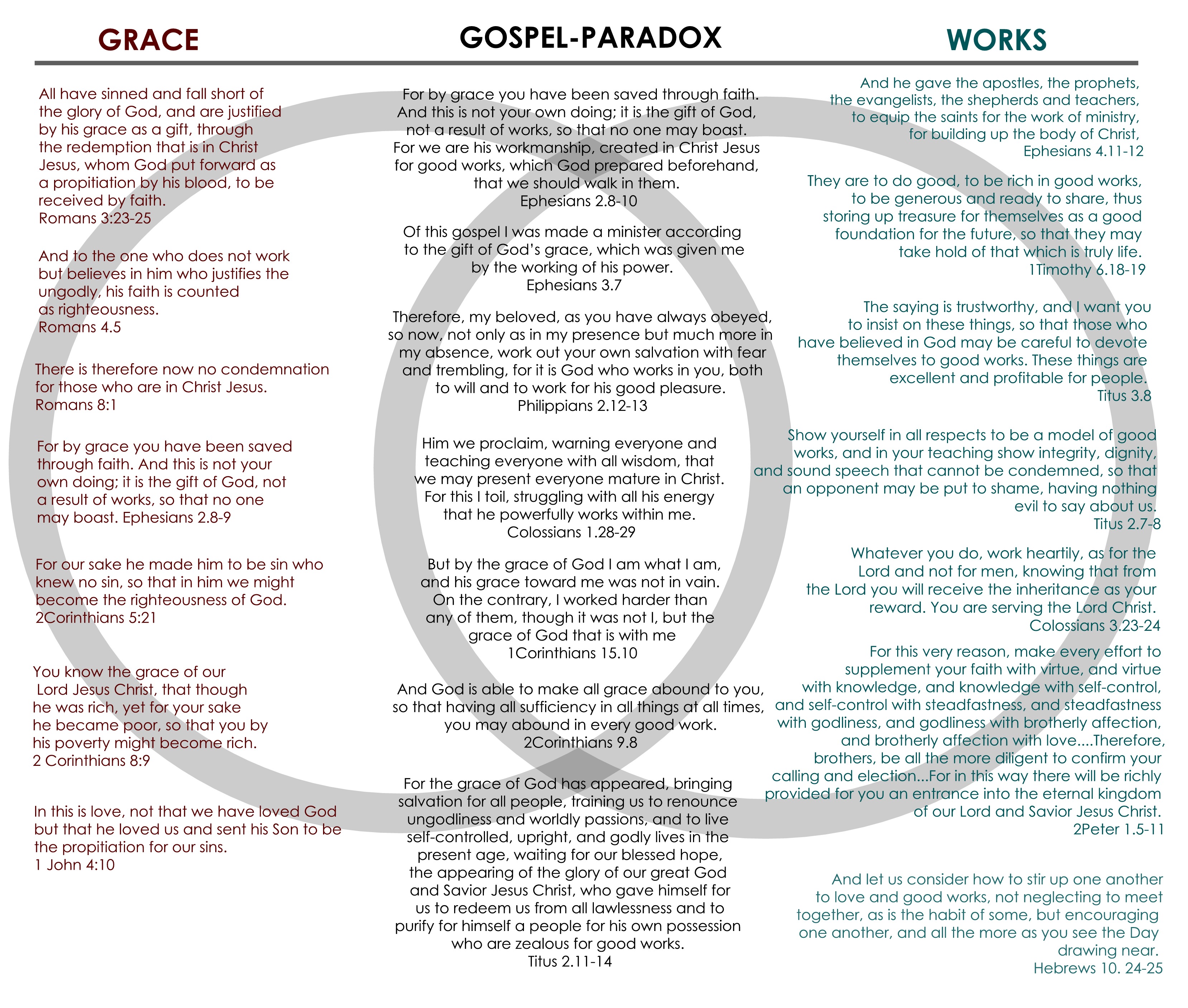Last night, I had the joy of wrestling through a difficult text with a small group of friends. The text, 1Corinthians 11.2-16 has proven to be difficult to understand and receive. Commands about marital authority and/or warnings against androgyny are not popular topics in today’s culture. Additionally, there are verses dealing with head coverings and statements about angels watching church services that are just plain confusing. Pastor Chris Rich preached a sermon on this last Sunday and wisely focused on what the passage clearly does say about the relationships between men and women, husbands and wives.
text, 1Corinthians 11.2-16 has proven to be difficult to understand and receive. Commands about marital authority and/or warnings against androgyny are not popular topics in today’s culture. Additionally, there are verses dealing with head coverings and statements about angels watching church services that are just plain confusing. Pastor Chris Rich preached a sermon on this last Sunday and wisely focused on what the passage clearly does say about the relationships between men and women, husbands and wives.
Our discussion last night brought to mine several issues that might be helpful in dealing with texts like this. It would be difficult for anyone to read this text and not come to the question: “Are woman supposed to wear head coverings or not?”
Before answering that question, we must determine whether or not the passage is descriptive or prescriptive. Is this passage describing a historical form or a function to learn from or is it commanding a form or function to practice? Determining which it is important because we don’t want to wrongly declare a practice “faithful” or dismiss one as “cultural”. Consider some of the following questions:
- What is the overall purpose for the book or letter, according to its Author? Any good attempt at interpretation must begin with the larger context. This is the first question that should be answered in any attempt at forming a biblical theology. Without it, the would be interpreter will easily default to personal preference and tradition.
- With the particular passage, is the author intending to be didactic or descriptive? Connected with the previous question, some passages may possess more explicit instruction than others. Some are simply recording what happened, while others are providing formulas for what will happen in the future.
- If didactic, is there a specific behavior or method the church is commanded to practice? A prescriptive passage will still require discerning to understand what aspects are actually commanded. In other words, we need to determine what specific functions and forms, if any, are being prescribed.
- Is this command demonstrably repeated in narrative, the N.T., and early church history? Practices are not established by patterns of ONE. Not only must it be repeated in the narrative itself, it should also be taught elsewhere in Scripture and, preferably, in church history. *(Note: There are some analogies made from the Old Testament to the new in order to establish a practice (e.g. Paedobaptism and Circumcision). These require much larger studies regarding typology apart from patterns.
- If descriptive, is there a specific practice implied for the church that is not incidental? Before taking an aspect of a description and making it normative, we must consider whether the said practice is truly the heart of the passage—demonstrating the author’s intention. Incidental details usually do not establish a practice to follow but help color in the narrative for the reader.
- Whether didactic or descriptive, is there an implied functional principle but not a particular form being established? If there is not an explicit practice, is there something implied? Beyond the actual form, is there a larger principle necessary to help form or inform the church?
- Is this implied practice an isolated occurrence or a repeated pattern elsewhere in the N.T or early church history? Even implied principles are not established by patterns of ONE. Not only must it be repeated in the narrative itself, it should also be taught elsewhere in Scripture and, preferably, in church history.
- What about the practice can be considered localized to a particular cultural and/or supra-cultural? Is the described or seeming prescribed practice only intended or for a particular cultural context or historical time frame? Or is the practice intended to be practiced across history and culture?
- What is the stated or implied intention for the practice or principle? Can you put the prescribed principle or practice in a sentence?
- Is this practice absolute and normative or non-absolute but allowed for the church today? Beyond, “because it is commanded”, can you explain the necessity or the prescribed principle or practice in a sentence.
So what about this passage? There is much I want to say, so I’ll have to write that in the next blog.



